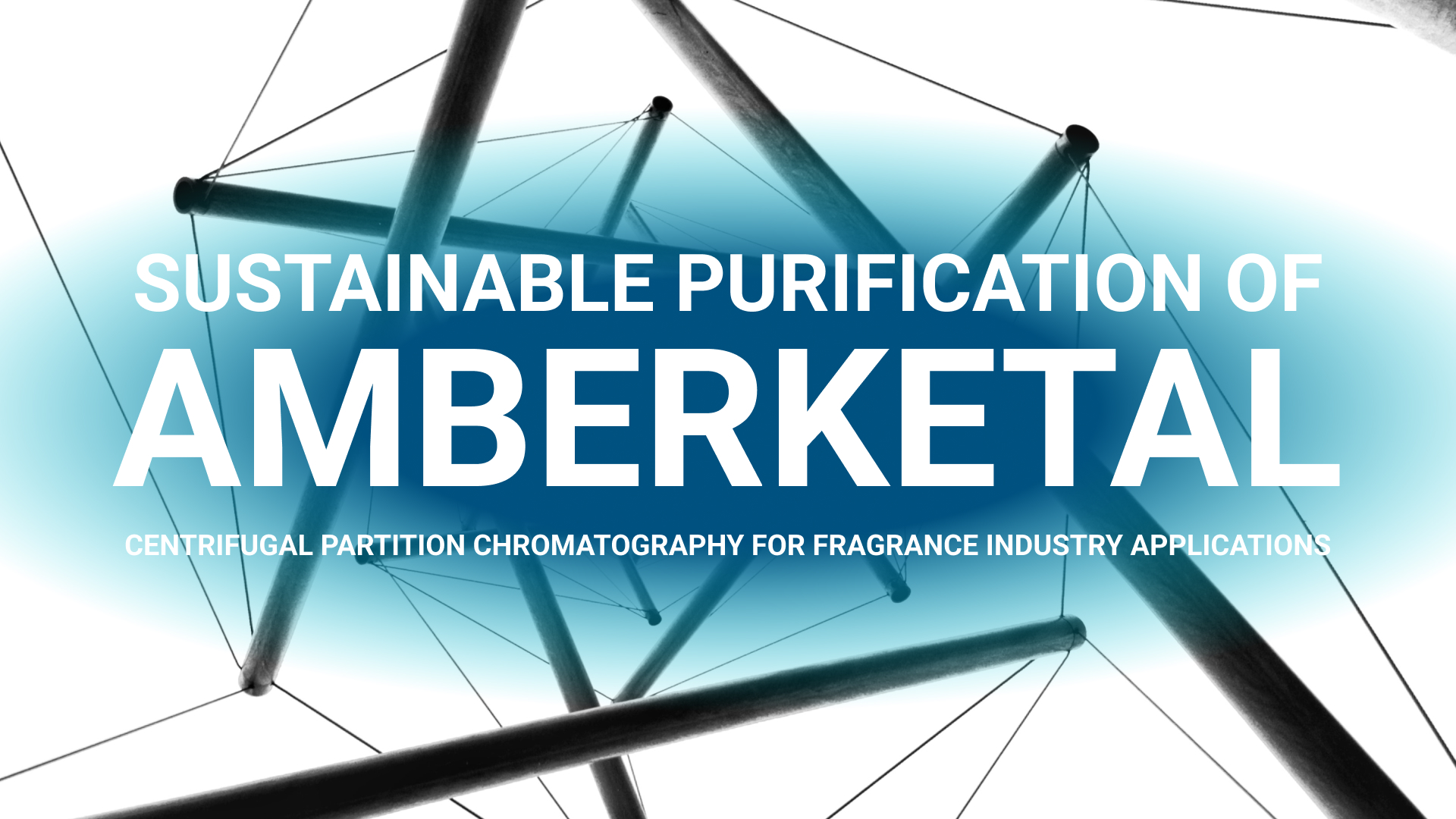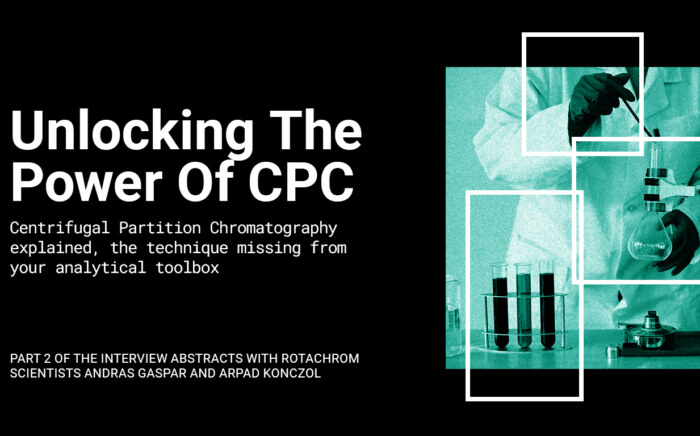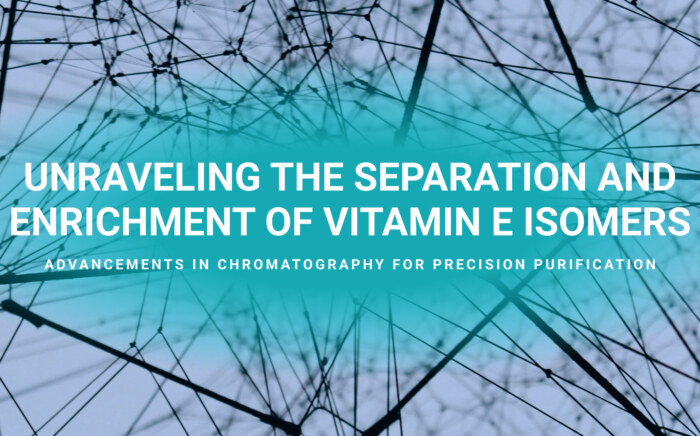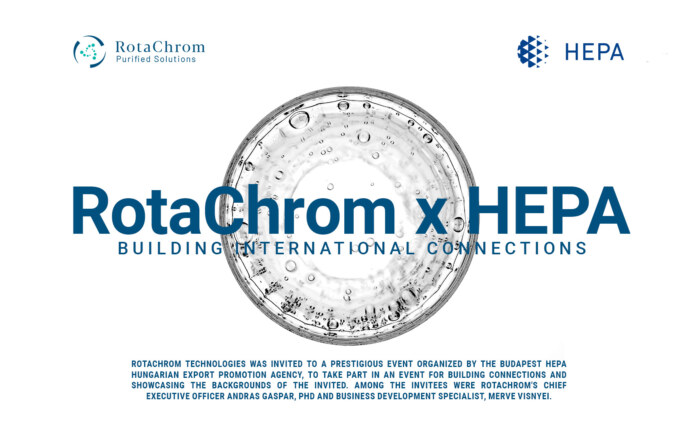Increasing separation efficiency by pH adjustment in Centrifugal Partition Chromatography
NewsAmberketal, a synthetic equivalent of the highly valued natural ambergris, has gained prominence in the fragrance industry due to its rich woody aroma and its potential for sustainable production. Derived from the bark of the western white pine (Pinus monticola), amberketal is a polycyclic labdane-type terpenoid with five asymmetric carbon centers, enabling the formation of multiple stereoisomers. However, one of its diastereomers, iso-amberketal, lacks fragrance, making efficient separation and purification critical to produce high-quality amberketal.
This post delves into the innovative application of centrifugal partition chromatography (CPC) for resolving the challenging separation of amberketal from iso-amberketal, overcoming limitations associated with traditional purification techniques.
The Challenge: Diastereomeric Separation of Amberketal
Amberketal and iso-amberketal are commonly formed as a diastereomeric pair under standard synthetic conditions. While amberketal exhibits a desirable woody fragrance, its odorless diastereomer presents a challenge for purification. Traditional methods such as column chromatography and fractional distillation have proven inefficient and costly for this application, particularly when racemic polycyclic intermediates are involved.
To address these inefficiencies, a more selective and scalable method was needed—one capable of achieving high purity while remaining cost-effective and environmentally friendly.
Solvent System Screening and CPC Optimization
The initial step in developing a viable separation method involved screening various ternary and quaternary solvent systems to identify those with appropriate solubility, partition coefficients, and selectivity for the diastereomeric pair. A non-aqueous, biphasic ternary solvent system emerged as the optimal choice, offering:
- A high selectivity factor (α = 1.65).
- Partition coefficients of 2.40 for amberketal and 3.96 for iso-amberketal.
- Compatibility with high flow rates, allowing for reduced run times.
This solvent system was subsequently applied in CPC testing under descending elution mode, leveraging its unique ability to handle complex mixtures without a solid stationary phase.
Lab-Scale Success: Purity and Yield
- On a lab-scale CPC instrument, the optimized method achieved remarkable results:
- Amberketal was obtained with over 95% purity.
- The process delivered an 81% yield.
This efficient resolution highlighted CPC’s potential as a scalable solution, paving the way for industrial applications.
Scaling Up: Pilot-Scale CPC for Amberketal Production
Transitioning from the laboratory to pilot-scale production, RotaChrom’s pilot-scale CPC instrument (rCPC) was employed. The results underscored the scalability of the method:
- A throughput of 30 g/h was achieved.
- Amberketal maintained its high purity (>95%).
The process was robust, efficient, and environmentally sustainable.
CPC: A Game-Changer for the Fragrance Industry
Traditional purification methods, such as column chromatography, often fall short in resolving complex diastereomeric pairs like amberketal and iso-amberketal. CPC’s ability to efficiently separate and purify these compounds demonstrates its viability for industrial applications, particularly in fragrance production where purity is paramount.
Key benefits of CPC for amberketal production include:
- High Selectivity and Efficiency: The chosen solvent system allowed for precise separation of the desired diastereomer.
- Scalability: CPC seamlessly transitioned from lab-scale to pilot-scale, meeting industrial throughput demands.
- Sustainability: Non-aqueous solvent systems and recyclable methods align with environmental priorities.
Conclusion
The successful purification of amberketal using CPC represents a significant advancement in sustainable fragrance production. By resolving the long-standing challenge of separating amberketal from its odorless diastereomer, iso-amberketal, CPC has proven to be a robust and scalable solution for the fragrance industry.
This study underscores the potential of CPC in industrial applications, ensuring the delivery of high-purity amberketal to meet the growing demand for sustainable and high-quality fragrance components. As the industry evolves, CPC stands poised to become a cornerstone technology in the purification of complex terpenoids and other valuable compounds.



